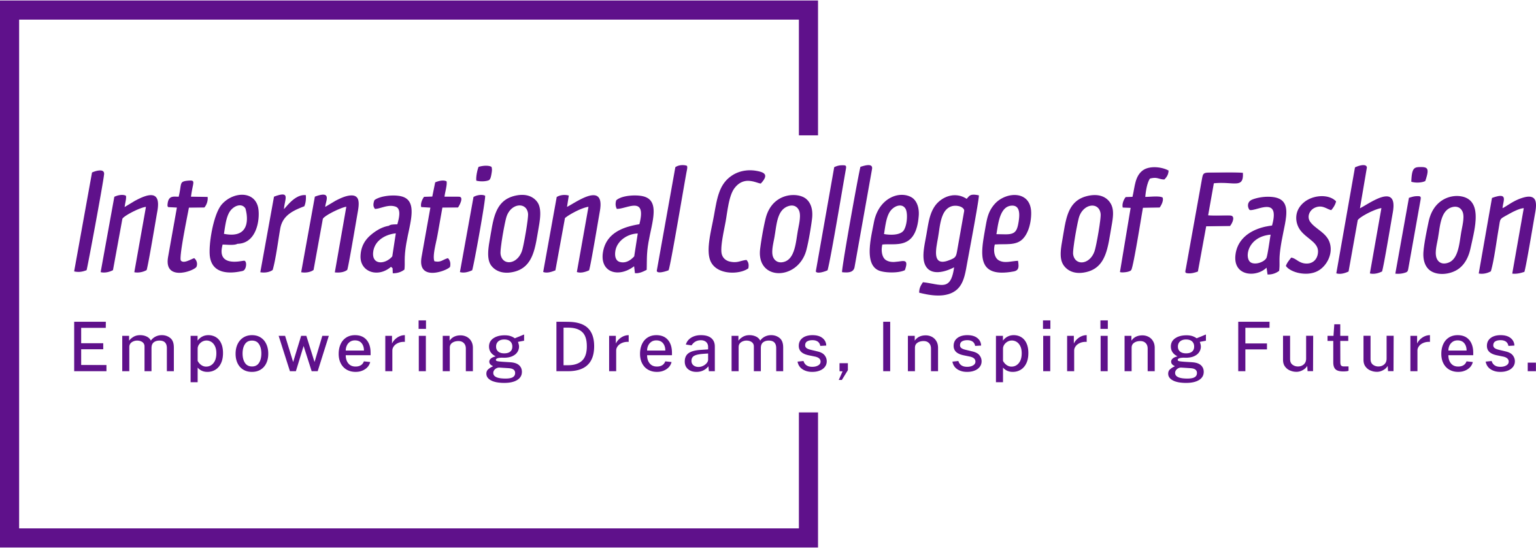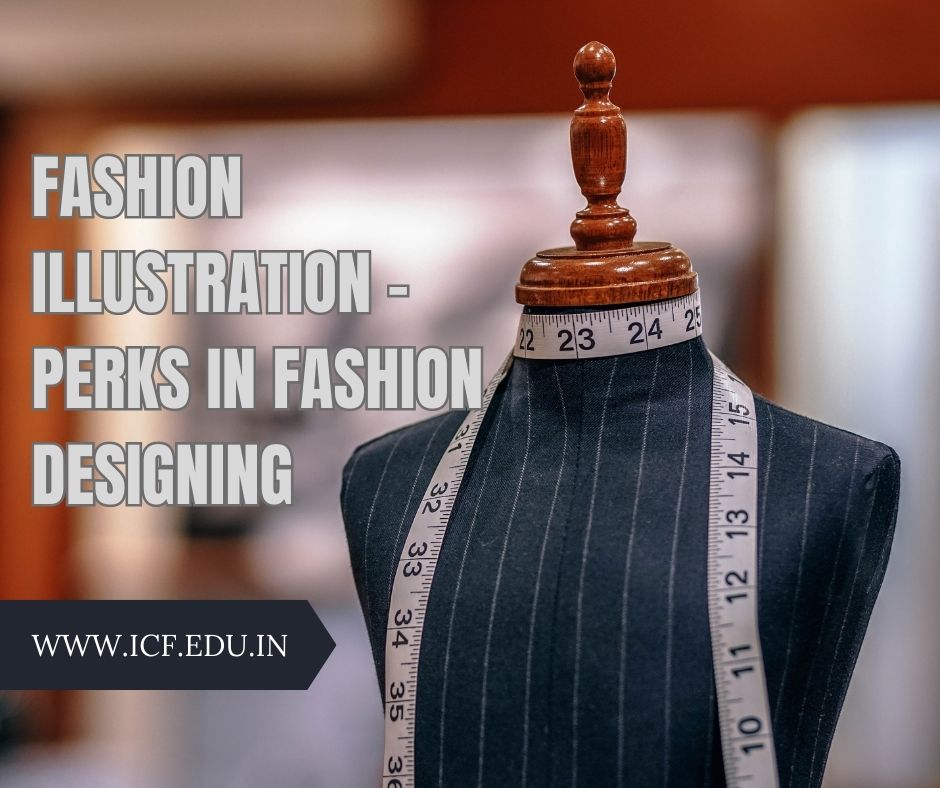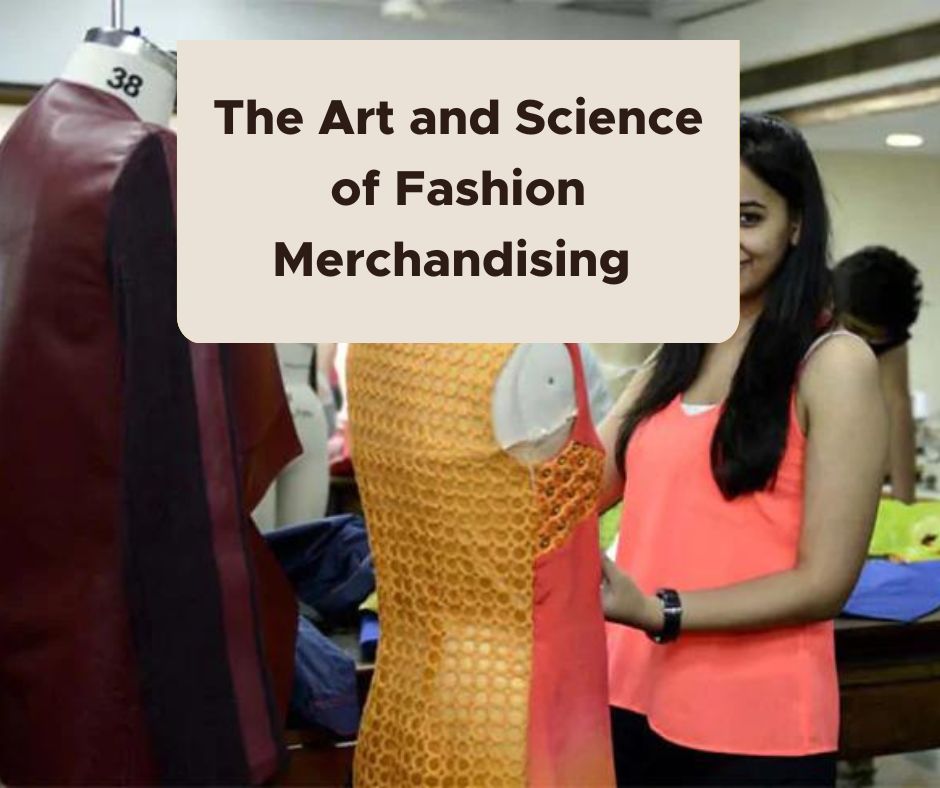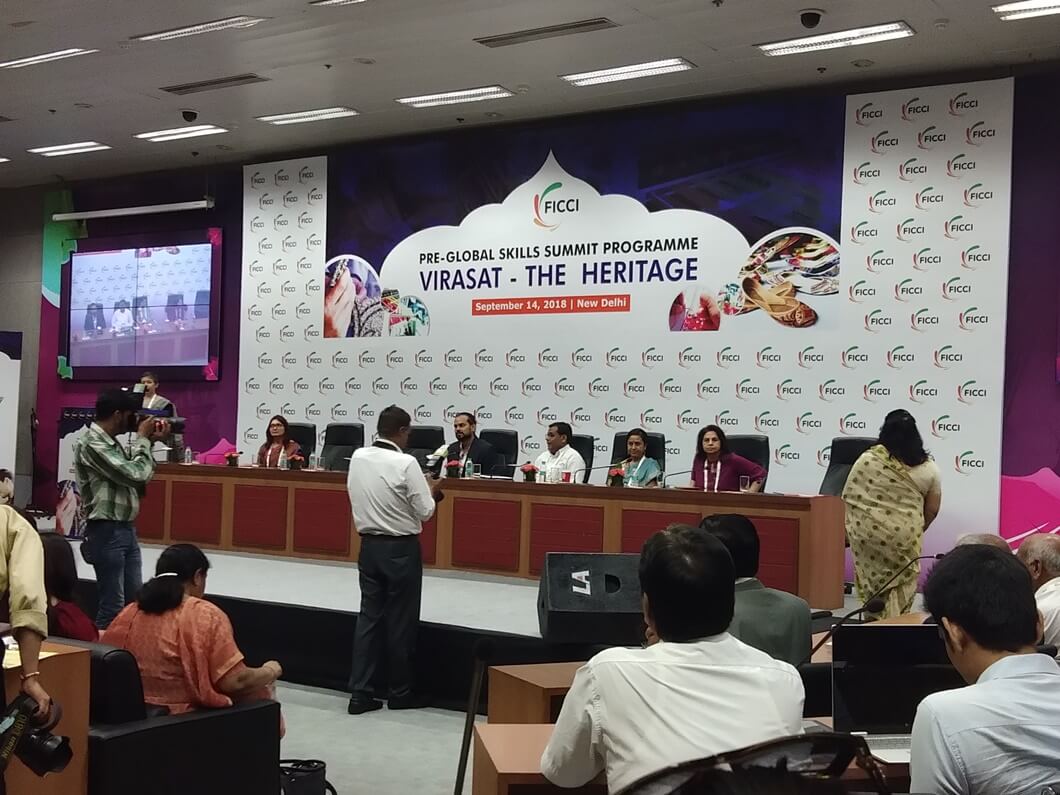Fashion Illustration – Perks in Fashion Designing
Fashion illustration is the art of creating visual representations of fashion designs using various mediums and techniques, such as pencil and paper, watercolors, markers, or digital tools like Adobe Photoshop and Illustrator. Fashion illustrations are used to communicate design ideas to clients, manufacturers, and other stakeholders in the fashion industry. […]
The Art and Science of Fashion Merchandising
Fashion merchandising is the art and science of selling clothes and accessories by combining creativity and analytical skills. Fashion merchandisers use their knowledge of fashion, marketing, and business to develop and promote products that meet the needs of consumers. We will explore the art and science of fashion merchandising, including […]
Internship opportunity with Fascino Kids Fashion Week 2019
Right from our very first day at ICF, we have been gaining experiences in the fashion world and this July got us one very exciting one. An opportunity to work at the Fascino Kids Fashion Show, an exclusive Fashion Week for children between 3-14 years of age, with a series […]
Virasat- the heritage
‘Virasat- the heritage’, was held on 14th September 2018 at the FICCI (Federation of Indian Chambers of commerce and industry) auditorium. It was an honour to be a part of the Global Skill Summit. As the name suggests, this event was all about the heritage and culture and how the […]




